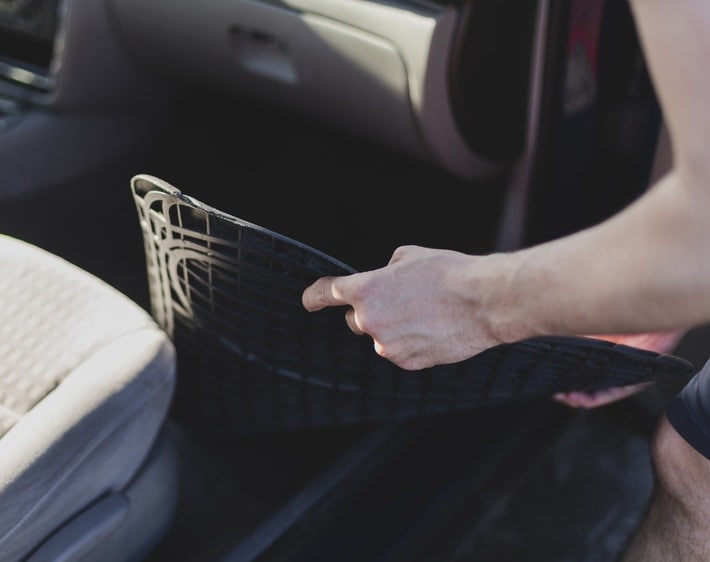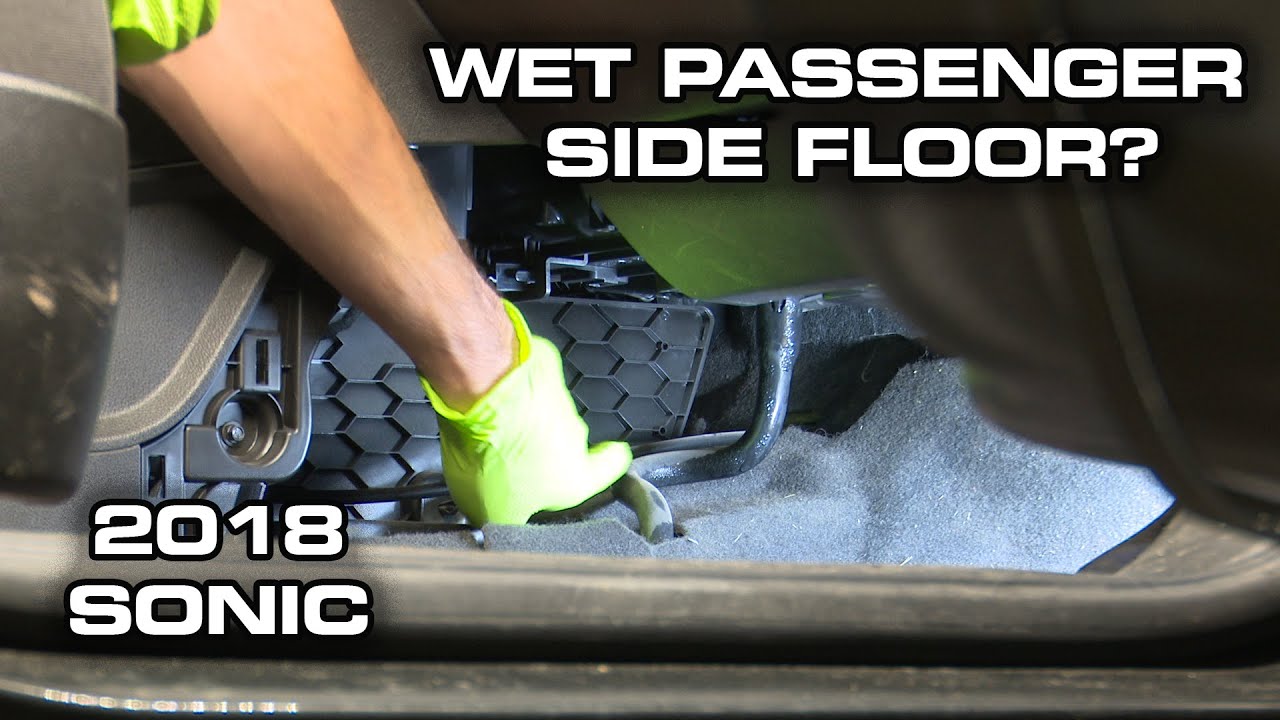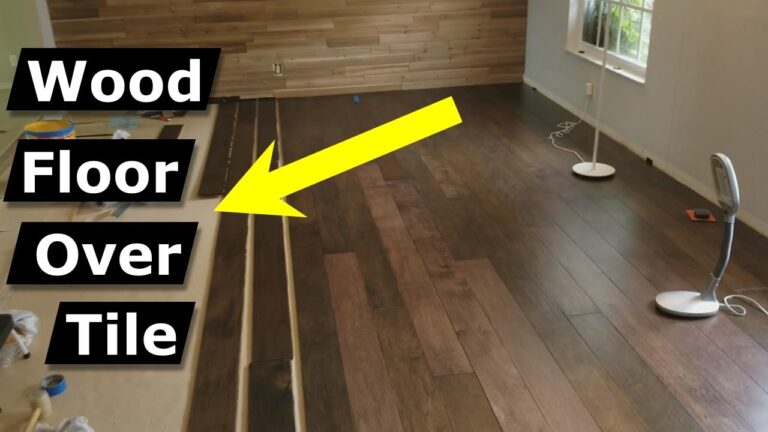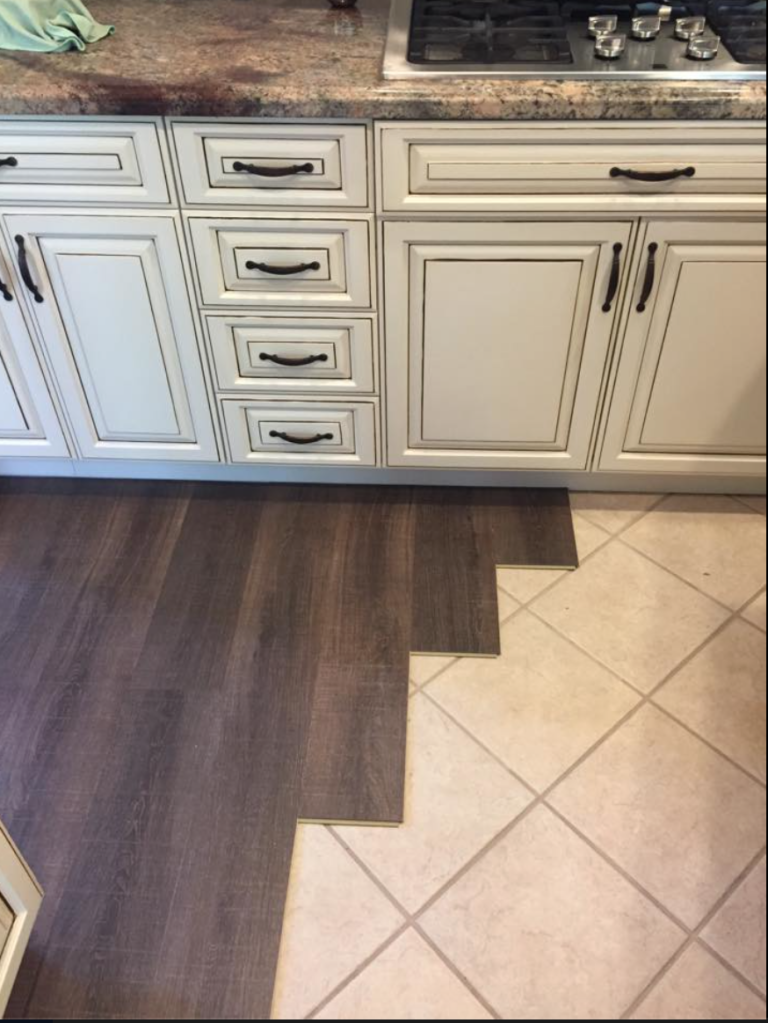To fix rain water leaking into the passenger side floor, you need to identify and seal any potential leaks in the vehicle’s seals and weatherstripping. This can be done by inspecting the door seals, window seals, and sunroof seals for any possible gaps or damage.
Additionally, you can check the drainage channels and ensure they are clear of debris.
Understanding The Leaking Issue
Rainwater leakage into the passenger side floor can be a frustrating problem. It not only damages the interior but also leads to potential mold growth and electrical issues. Identifying the source of the leak is the first step towards finding a solution.
- Musty odor inside the vehicle
- Damp and wet carpets or floor mats
- Water stains or pooling water
- Corrosion or rust on metal parts
The leak can originate from various sources such as a damaged weather stripping, clogged drain tubes, cracked windshield, or faulty window seals. Inspecting the vehicle thoroughly and checking these potential areas for damage is crucial.
Addressing the issue promptly is essential to prevent further damage to the vehicle. In addition to preserving the interior, it helps maintain a safe and comfortable driving experience. Seek professional help if needed, as they can provide effective solutions and ensure a proper fix.
Preparing For The Fix
To fix rainwater leaking into the passenger side floor, it is important to first prepare for the fix. This involves gathering necessary tools and materials. You will need the following items:
- Plastic sheeting or tarp
- Towels or absorbent cloths
- Shop vacuum or wet/dry vacuum
- Waterproof sealant or adhesive
- Scraper or putty knife
- Brush or applicator
- Carpets or floor mats
Start by removing the floor mats and carpets. Carefully lift them up and set them aside. Inspect them for any signs of mold, mildew, or damage. Assess the extent of the damage to the floor and identify any areas where the water is penetrating. Use a shop vacuum or wet/dry vacuum to remove any standing water or excess moisture from the floor. Once the area is dry, apply a waterproof sealant or adhesive to seal any cracks or gaps that may be causing the leak. Allow the sealant to dry completely before placing the carpets or floor mats back in the car.
Sealing The Leaks
Addressing rainwater leaks into the passenger side floor of your vehicle is crucial to prevent potential damage and unpleasant odors. Applying waterproof sealants is an effective solution. Begin by patching holes or cracks in the floor using an appropriate sealant. Ensure the surface is clean and dry before application. Next, focus on ensuring proper drainage. Check the drainage system, including weather stripping, door seals, and sunroof drains, for clogs or damage. Clean them and remove any debris that might impede water flow. Regularly inspect these areas and reapply sealants as needed. Remember to be thorough in your approach and cover all potential leak paths. By taking these proactive steps, you can effectively fix rainwater leaks and maintain a dry and comfortable interior.

Addressing Window And Door Issues
Inspecting window and door seals is crucial to identify any potential issues that may cause rainwater to leak into the passenger side floor of a vehicle. Regularly check for any signs of wear or damage in the seals and weather stripping around the windows and doors. If any worn-out seals are detected, they should be replaced promptly to ensure a water-tight seal. Additionally, it is important to check the alignment of the windows and doors. Misalignment can create gaps where water can seep through. Adjusting the alignment can help eliminate any gaps and prevent further leakage. By addressing window and door issues, specifically by inspecting seals and replacing worn-out seals, as well as adjusting alignment, the problem of rainwater leaking into the passenger side floor can be effectively resolved.
Fixing Ventilation System
Keeping the ventilation system in your vehicle clean and well-maintained is essential for preventing rainwater leakage into the passenger side floor. Regular cleaning and maintenance can help ensure that the system remains free from blockages and clogs. Check the air vents and ducts for any obstructions, such as leaves or debris, and remove them if necessary. This will allow for proper air circulation and prevent water from entering the passenger compartment. Additionally, inspect the ventilation system components for any signs of damage, such as cracks or holes. If any parts are damaged, replace them promptly to prevent water from seeping into the floor during rainy weather. By regularly cleaning and maintaining the ventilation system, you can effectively fix rainwater leakage into the passenger side floor and keep your vehicle’s interior dry and comfortable.
Maintaining And Preventing Leaks
Regularly cleaning and inspecting the floor and surrounding areas:
One of the most effective ways to prevent rainwater leaks into the passenger side floor is by regularly cleaning and inspecting the floor and its surrounding areas. This allows you to identify any potential issues such as clogged drains, damaged weatherstripping, or corroded metal panels. By taking the time to clean out debris and remove any blockages, you can help ensure that rainwater properly drains away from the vehicle, reducing the risk of leaks. Additionally, regular inspections help detect any signs of damage or wear and tear that could lead to leaks, allowing you to address them promptly.
Another preemptive measure to protect against leaks is to apply protective coatings or treatments to vulnerable areas. These coatings help to create a barrier between the floor and any potential water intrusion. Water repellent coatings or sealants can be applied to the vehicle’s flooring, weatherstripping, and other susceptible areas, providing an added layer of protection against water leaks. Regularly reapplying these coatings is crucial to maintaining their effectiveness over time.
To avoid future leaks, it is important to take preventive measures such as parking in covered areas whenever possible, using car covers during rainy seasons, and ensuring that the drainage system of the vehicle is functioning properly. By being proactive in preventing water accumulation and addressing any leaks as soon as they are detected, you can maintain a dry and comfortable interior, protecting your vehicle from potential water damage.
Frequently Asked Questions Of How To Fix Rain Water Leaking Into Passenger Side Floor
Why Is There Water In My Passenger Floorboard When It Rains?
Water in the passenger floorboard during rain is likely due to a leak, usually from the windshield seal or door seal. This can be caused by age, wear and tear, or improper installation. Have a professional inspect and repair the seals to prevent further water damage.
Why Is My Car Leaking Water Under The Passenger Side?
Your car may be leaking water under the passenger side due to a clogged AC drain line or a faulty heater core. It’s important to address this issue promptly to prevent further damage. Seek professional assistance for a proper diagnosis and repair.
How Do You Fix A Rain Leak In Your House?
To fix a rain leak in your house, start by locating the source of the leak. Check for damaged or missing roof shingles, cracks in the walls, or gaps around windows and doors. Seal any openings with appropriate materials and replace any damaged components.
If the issue persists, consider consulting a professional for further inspection and repairs.
What To Do If My Car Is Leaking Water Inside?
If your car is leaking water inside, there are a few things you can do: 1. Check the seals and gaskets for any damage. 2. Clear the drain tubes to prevent water buildup. 3. Inspect the windows and sunroof for cracks or leaks.
4. Look for signs of a leaking heater core. 5. Visit a professional mechanic to diagnose and fix the issue.
Conclusion
Finding and fixing rainwater leaks in your passenger side floor is essential to maintain the condition of your car and prevent potential damage. By following the steps outlined in this blog post, you can effectively identify the source of the leak and use the appropriate methods to fix it.
Remember, regular maintenance and periodic checks will help ensure your vehicle stays dry and comfortable. Don’t let rainwater compromise your driving experience. Take action today!




